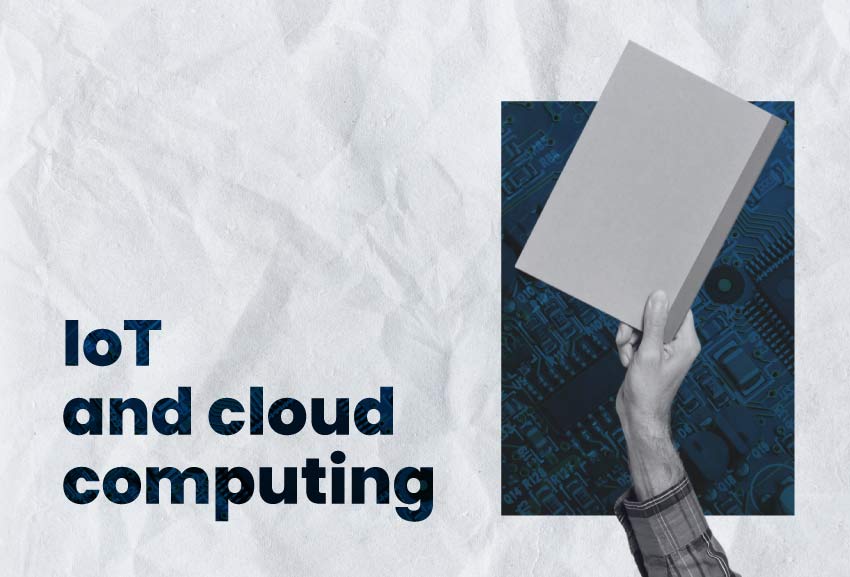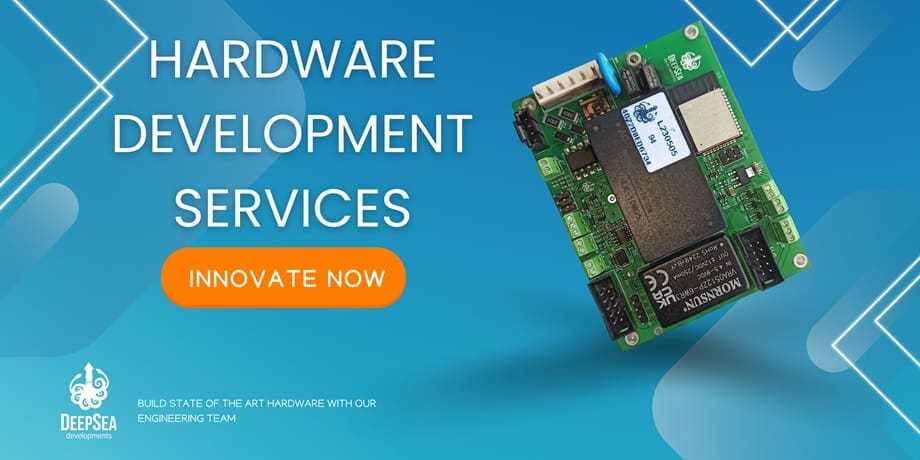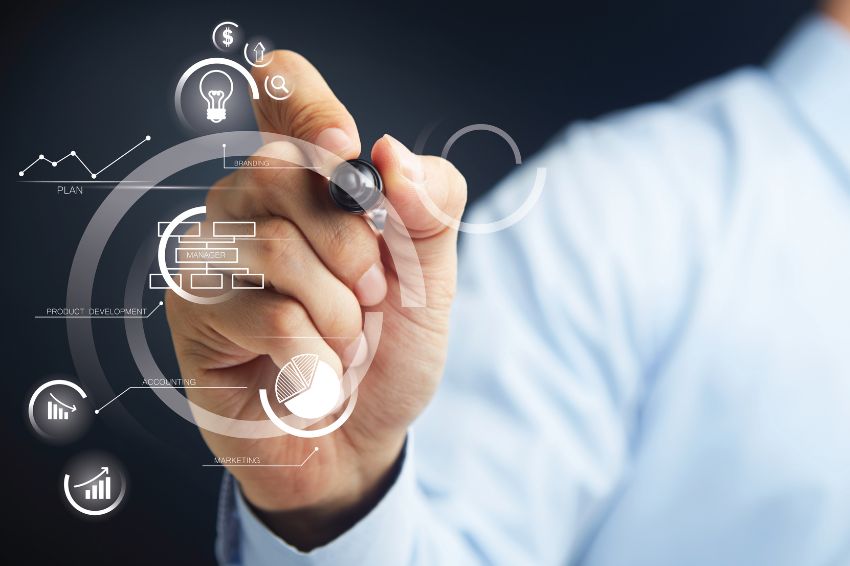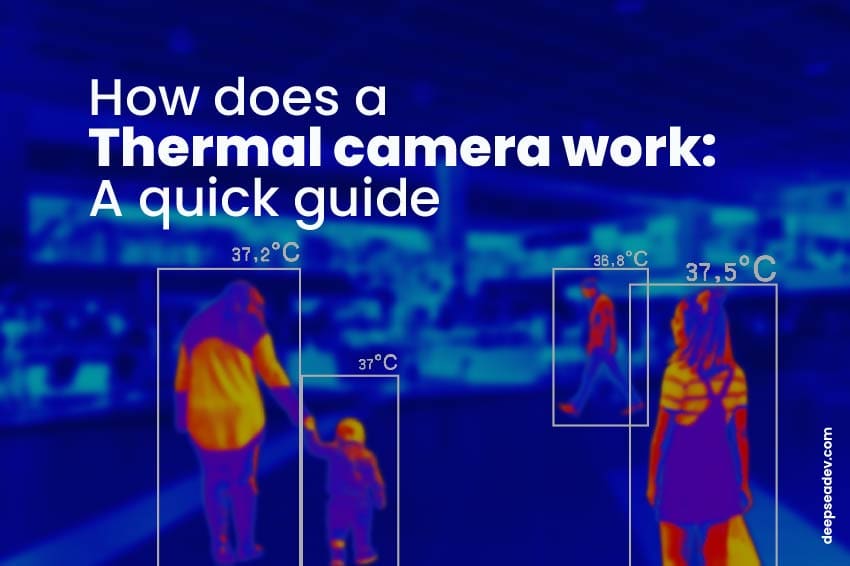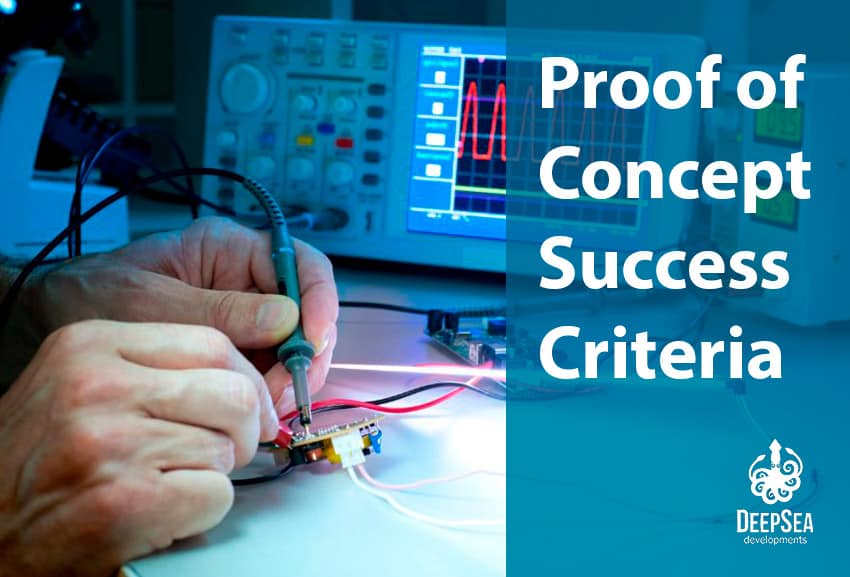IoT and Cloud computing may appear to be a new concept, however, that’s not true. It has gained popularity thanks to the importance of IoT. Let’s explore how cloud computing works with IoT.
What is cloud computing?
Cloud computing refers to the capacity to store and access data over the internet, it includes servers, databases, networking, analytics, and software. In other words, it is the possibility of accessing data in different ways. For example, users can access data from a remote location, since this information is stored in several data centers.
IoT and cloud computing interaction
Since cloud computing is so important nowadays, it usually connects with IoT to create powerful and scalable solutions for businesses and organizations.
Thanks to the relevance of cloud computing and its use with Internet of Things products, several IoT clouds have been created to help companies in their different solutions.
By combining IoT and cloud computing, companies can leverage the power of IoT devices to collect data. And this way, use cloud computing to process and analyze that data in real-time.
Cloud computing in IoT is allowing new IoT business models to be born in the market, some of them are: subscription model, and data-driven model.
Advantages of cloud computing in IoT
Cloud computing is a cheaper solution compared to having an in-house IT infrastructure. So, companies can rely better on services in the cloud that allow them to store and manage information from there.
By using cloud computing and IoT, the users can take better advantage of their IoT devices, since these won’t suffer from big delays of storing great amounts of information, instead, the information can be retrieved from cloud services with ease, and at the same time, ensure the device performs smoothly.
Another advantage of IoT cloud computing is that companies can scale their business faster, since they won’t require to invest high amounts of money in IT infrastructure. This way, they can increase their offer in different markets with their IoT devices.
Companies can also update the software and firmware (see firmware development company) of their users’ devices by just releasing a new version. Their IoT devices will retrieve the new version thanks to cloud computing, and the update will activate automatically.
A great ally in this area is 5G, the combination of IoT and 5G allows companies to process information faster, and to connect thousands of devices to the cloud with ease.
Types of cloud computing services
There are three categories of cloud computing services, they are Infrastructure as a service (IaaS), Platform as a service (PaaS), and Software as a service (SaaS).
Depending on the services a company needs or wants to provide to their customers, they will hire different types of cloud services.
IaaS allows companies to rent IT infrastructure in the cloud. PaaS allows companies to quickly create web or mobile applications. And SaaS allows companies to deliver software applications over the internet (some examples could be: Gmail and Dropbox.)
IoT examples in cloud computing
The most popular examples of IoT and cloud computing are the ones that are offered by Azure, AWS, and Google (See IoT Hub). However, we want to provide real life examples on how cloud computing works in IoT devices.
For example, an IoT device system like Google Nest or Alexa can collect data on energy usage of the house. Then, this system uses cloud computing to analyze the gathered data and make recommendations to the homeowner on how to reduce energy consumption.
Sometimes the data collected can be shared with third parties, so, electronic product development companies that provide IoT solutions for homes can develop or suggest other businesses to develop IoT devices that can better manage energy consumption.
IoT medical devices use cloud computing to send data on patients’ vital signs to an application that is allocated in the cloud (see healthcare solution development services). This data is shown and analyzed by doctors that are in charge of monitoring their patients in an application (web or mobile).
Thanks to cloud computing, doctors can quickly offer new treatments and recommendations to improve the health of their patients.
Check the following articles related to IoT
You might be interested in the following articles related to the Internet of Things.

